We already talked about what we can learn from companies with a high NPS in our blog article. There we examined the similarities and special characteristics of companies with a high NPS and reduced the success to the following characteristics:
- Simple, reliable products
- Great customer service
- Unique products and offers
So, take a close look at what successful brands are doing and translate them into actionable tactics for your business. This improves the Net Promoter Score, Customer Lifetime Value and customer loyalty in general. In general, the tactics of these companies can be studied quite easily and copied in the further course to arrive at a similar result.
You already know many tactics and strategies that will help you to achieve a higher NPS value. But what about the companies that are less successful? Which mistakes should you avoid, what are the weaknesses in these unsuccessful approaches?
NPS® data is not public and most brands with a low Net Promoter Score will not publish it. That's why we looked for reliable customer satisfaction data that we could use to compare brands.
In the following, we compared companies with low Net Promoter Scores versus the averages for their industries to determine which characteristics have the greatest negative impact on customer satisfaction.
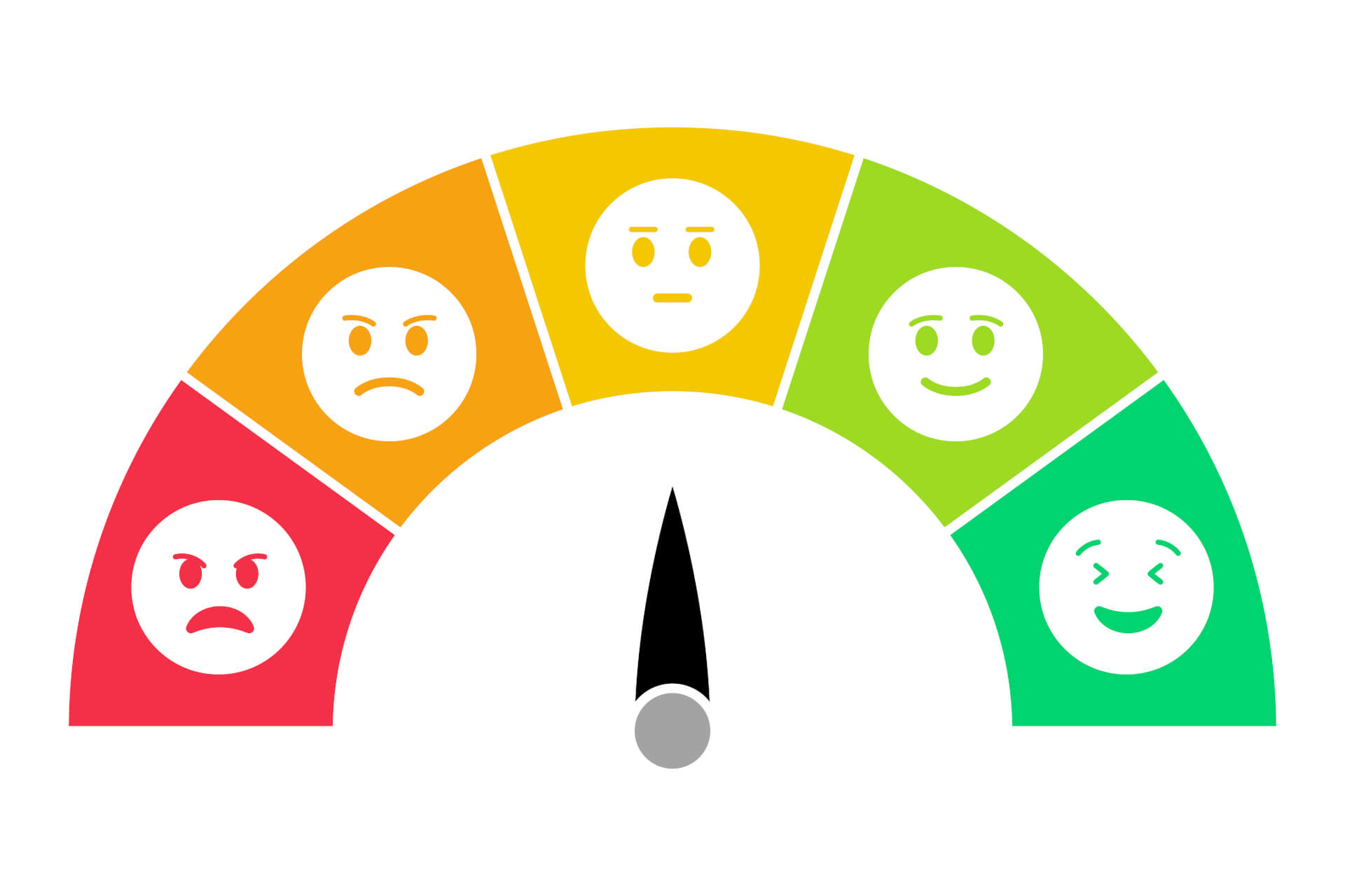
Table of Contents
- Aggressive or misleading billing practices
- Limited or poor quality support
- NPS is subject to general trends in customer sentiment
- Customer experience is crucial
- Net Promoter Score and Brand Awareness
- Deliver as advertised
- Always close the feedback loop
- Measure and improve your Net Promoter Score with Callexa
Aggressive or misleading billing practices
 Apple, which markets its products with branded advertising, led the stats in 2013 with a Net Promoter Score of 65 for the iPad, 70 for the iPhone and 76 for its laptops.
Apple, which markets its products with branded advertising, led the stats in 2013 with a Net Promoter Score of 65 for the iPad, 70 for the iPhone and 76 for its laptops.
At the other end was McAfee with its antivirus software, which achieved a Net Promoter Score of 2.
Other brands of antivirus software like Kaspersky report relatively high NPS, although they don't provide accurate statistics. From this, we can determine that McAfee's low NPS is likely due to its specific practices, rather than the overall negative sentiment in that product category.
Many of the complaints made to McAfee are common among companies with a low Net Promoter Score. The most common, which dates back to 2010, concerns the automatic charging of customers' credit cards.
This example is not a statement of McAfee's specific practices as they are far from uncommon in many industries.
However, it can be seen that the companies with the lowest NPS scores also use the most aggressive sales and billing techniques.
The companies with the lowest NPS rank tend to use negative option billing. This is a controversial practice where goods are automatically provided and customers are billed.
After you have agreed to a contract, often as part of a free trial or sending a sample, customers are automatically billed until they cancel the contract.
Negative option billing is no bad thing - in fact, it's also used by many of the world's most popular companies. Netflix, which maintains an extremely high NPS, is offering a free trial with the option for users to continue using a similar but subscription-based billing model.
Companies with a great Net Promoter Score tend to be transparent about their billing practices and make it clear when and how customers are billed. Companies at the other end of the NPS scale are the opposite - opaque and often misleading when it comes to billing.
If your business relies on recurring billing - such as a monthly SaaS subscription or ongoing product delivery service - it's important that you be transparent about how you bill customers. If you get too aggressive or even fraudulent, there is a good chance that it will affect your customer satisfaction.
Limited or poor quality support
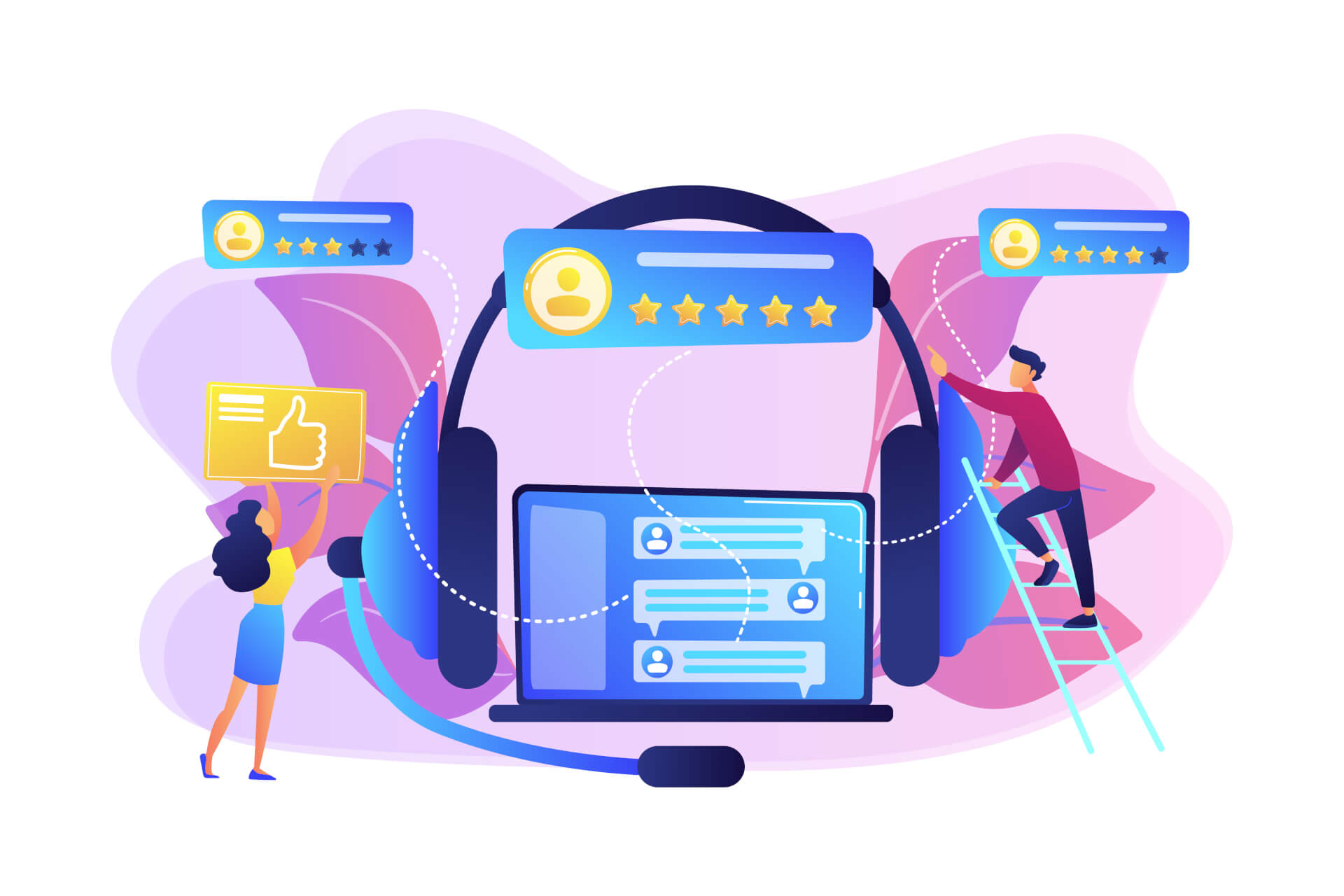 There is another common weakness among companies with low NPS - poor service.
There is another common weakness among companies with low NPS - poor service.
In a 2015 NPS survey, Comcast TV had the lowest NPS in both its service category and overall - a score of -17.
Comcast's customer service was among the worst-rated in the United States.
There are two lessons here for companies looking to improve customer loyalty and increase customer satisfaction.
The first is that poor customer service can and definitely damage your relationship with customers.
The second is that a short-term approach to loyalty, like Comcast and other brands with aggressive loyalty tactics have done, is likely to backfire.
Comcast's efforts likely kept some customers on board, but at the expense of many others who left the company entirely.
NPS is subject to general trends in customer sentiment
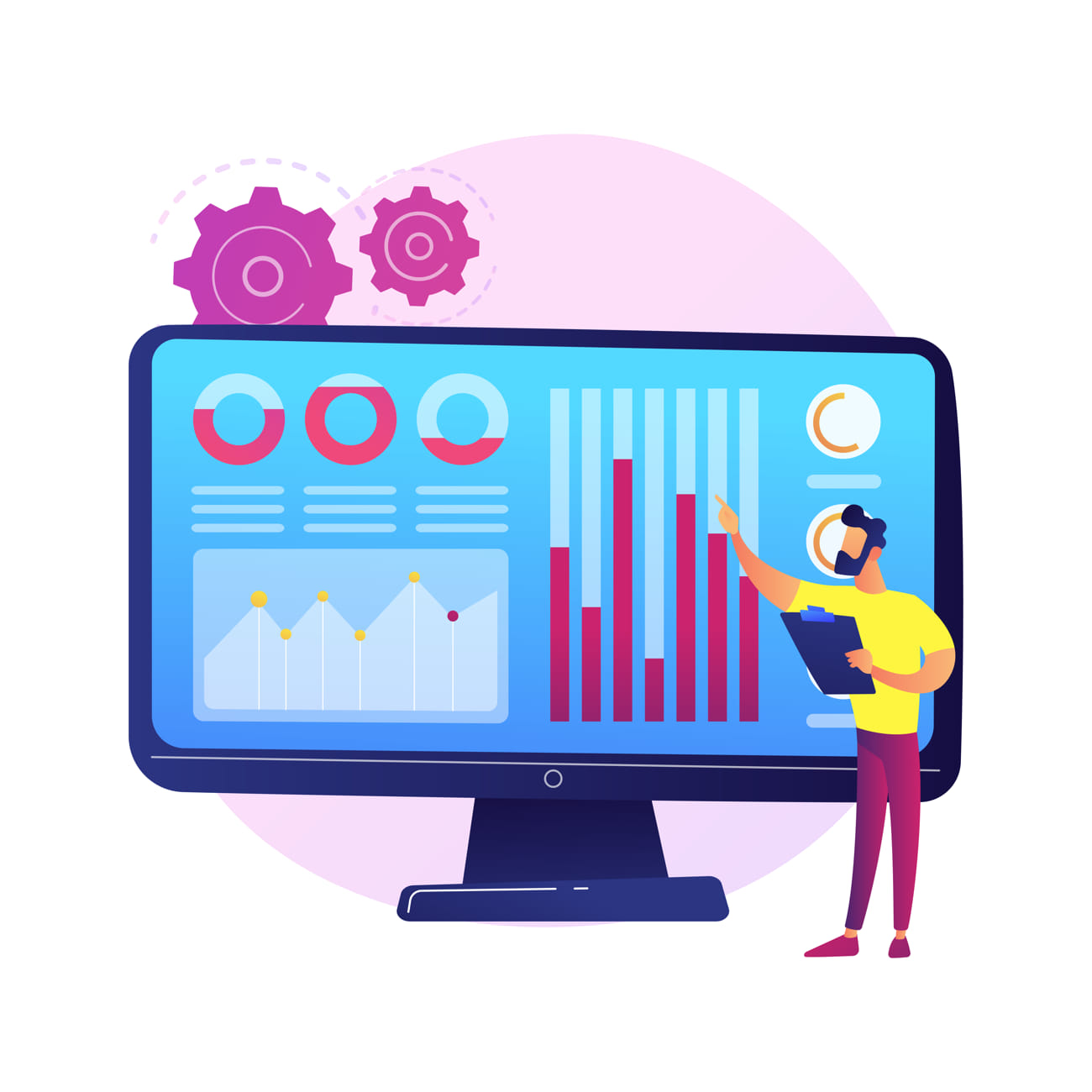 In 2007, most customers were satisfied with their bank. Consumer-focused banks reported an average Net Promoter Score in the range of 30, indicating positive sentiment and overall satisfaction with the industry.
In 2007, most customers were satisfied with their bank. Consumer-focused banks reported an average Net Promoter Score in the range of 30, indicating positive sentiment and overall satisfaction with the industry.
Then came the global financial crisis and sentiment across the entire financial services industry collapsed. The average NPS fell from 40 to 22 within two years, and from around 27 to just 11 for credit card providers.
These industries haven't changed their customer service processes dramatically during this period, but the general market trend has resulted in a significant drop in customer sentiment which affected their Net Promoter Score.
Bad service or a bad product can hurt your NPS in your industry. But every business - from technology to finance - is subject to public opinion. Many of the companies with low or falling Net Promoter Score combine a downward trend with a poor service approach.
The satisfaction of customers in the financial industry has largely recovered since the global financial crisis. However, certain banks that have been plagued by scandals rank near or at the lower end of the industry's NPS average.
HSBC, for example, achieved a Net Promoter Score of -24 after a series of scandals combined with record-breaking customer service complaints harmed the brand.
A great product combined with strong customer service is often enough to weather a downtrend in general customer sentiment.
However, a bad experience in an unpopular industry can quickly and significantly reduce a company's Net Promoter Score.
Customer experience is crucial
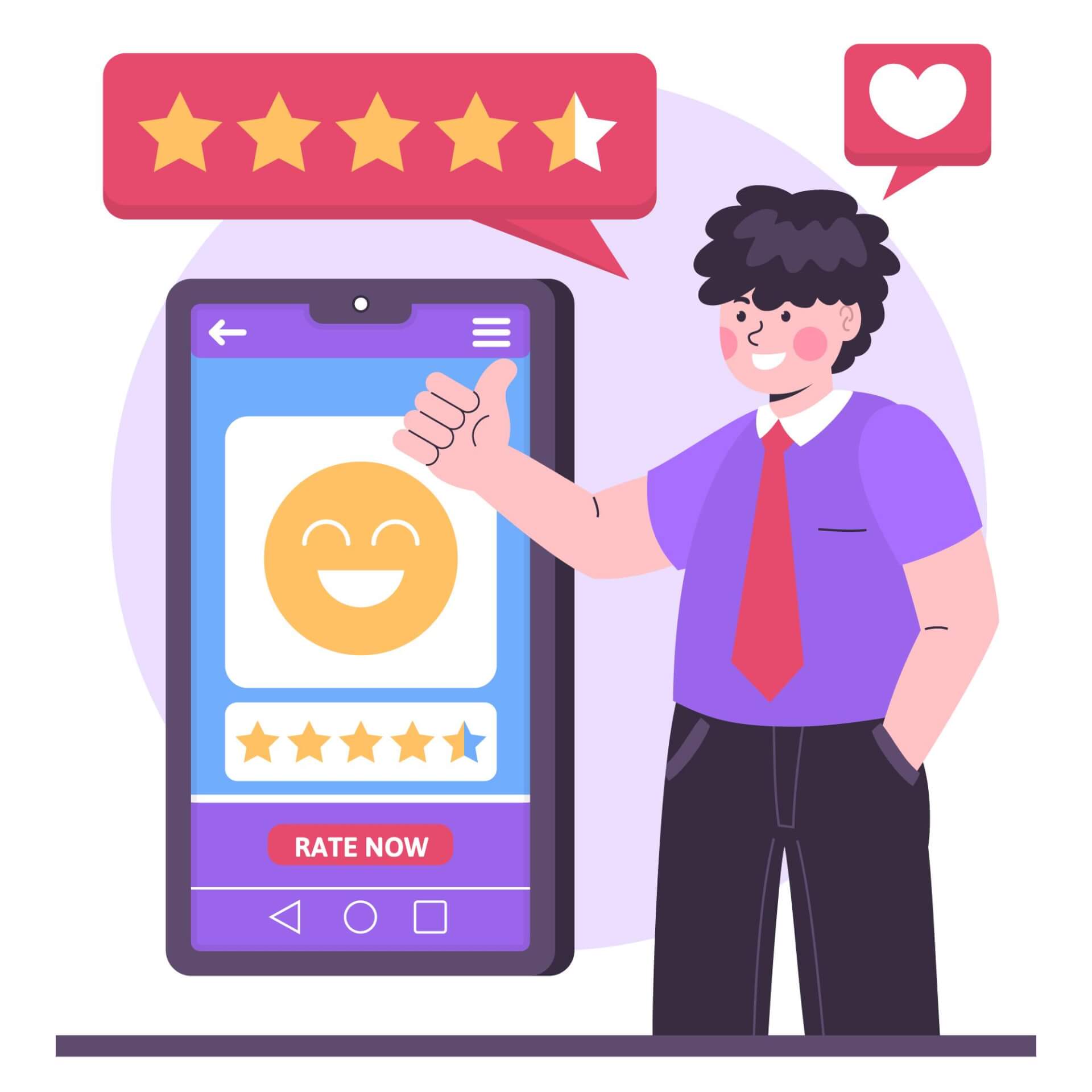 It is not enough to offer a product that is in high demand. It's important to make sure customers have a great experience while using it.
It is not enough to offer a product that is in high demand. It's important to make sure customers have a great experience while using it.
One company that had to learn this the hard way was McDonald’s. Despite being one of the most recognizable brands in the world, the largest fast food chain in the United States had a devastating NPS of -8.
In 2013, McDonald’s recorded the longest waiting time in a McDrive. It turned out that the waiting time is strongly influenced by the complexity of the menu. The chain started in 1980 with 26 menu items and increased to 121 by 2014.
In comparison, McDonald's direct competitor, KFC, doesn't do quite as well, but at least has a positive NPS of 14.
The top performing fast food chain in America is Pizza Hut with a Net Promoter Score of 78.
Net Promoter Score and Brand Awareness
Having a high score is inspiring and can be seen as an important achievement for the company and its employees. Also, the NPS is sometimes irrelevant and can be influenced by factors unrelated to the company's performance.
Good examples are Uber and Lyft. These two brands are almost identical in their service, and drivers often drive for both companies. However, despite their obvious similarities, Uber managed to get a score of 37, while Lyft is way behind with an NPS of 9.
The difference can be explained by the fact that Uber is the better known brand as its name appears often in the press and also covers a significantly larger portion of the US and overseas, while Lyft only offers the service domestically.
Deliver as advertised

In the insurance industry, competition is very fierce and it is extremely important to retain customers.
The relationship between satisfied customers and long-term sales growth is undeniable.
However, some companies chose fast turnover over customer needs and ended up at the bottom of their industry's NPS table.
This is the case with CIGNA, a health and life insurer from the USA, with a score of -1.
The insurance company has been hit by a longstanding scandal over its refusal to service its customers' disability claims.
In comparison, competitor GoMedigap has an amazing score of 93. Which proves that there is no problem with the insurance industry and that the problem is within CIGNA's internal guidelines.
Always close the feedback loop
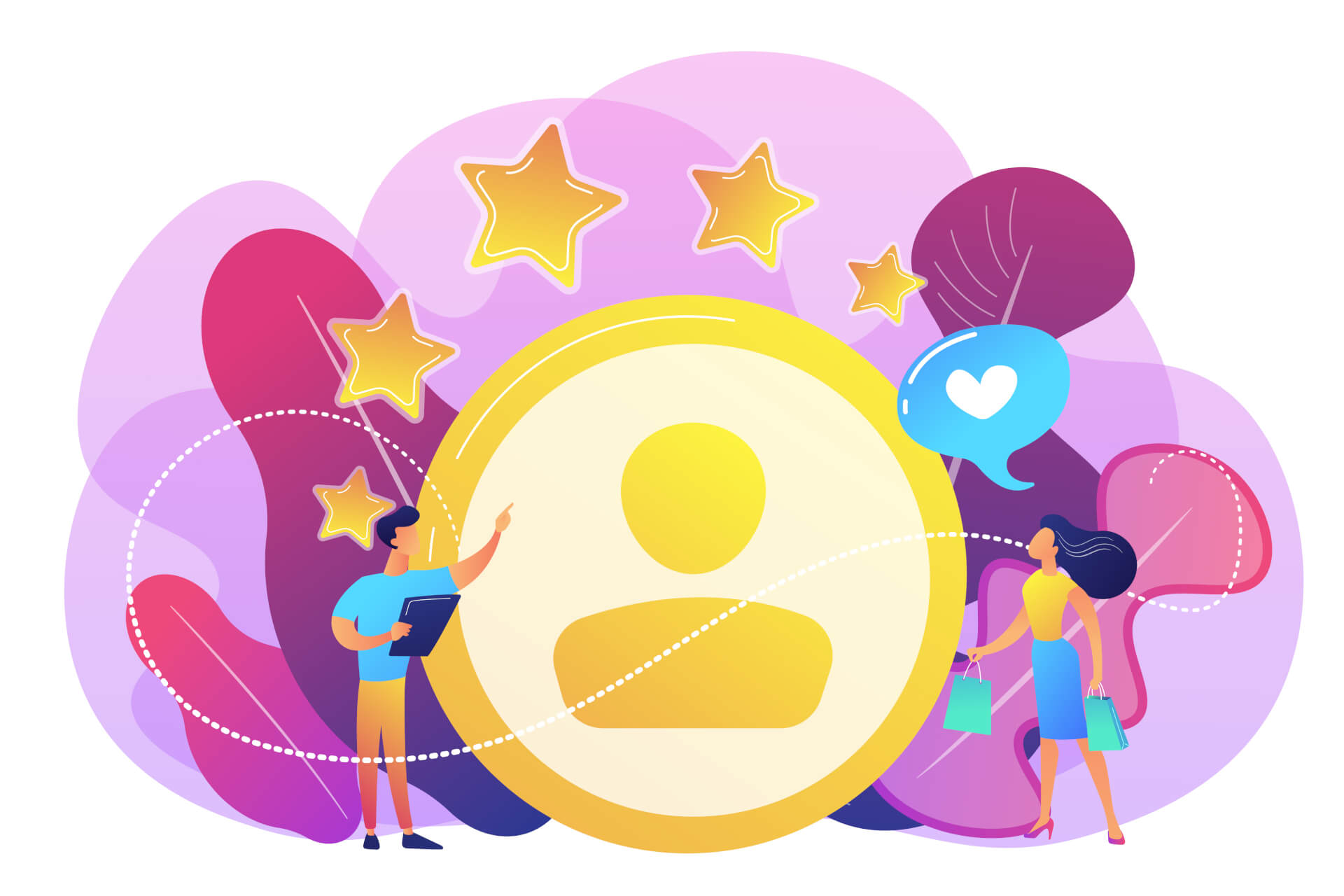 United is considered to be one of the worst airlines in the US. In 2014, the company had an NPS of 10. A disaster compared to its competitors with much higher NPS scores.
United is considered to be one of the worst airlines in the US. In 2014, the company had an NPS of 10. A disaster compared to its competitors with much higher NPS scores.
For years, customers have complained about United delays, canceled flights, the quality of food, baggage handling and the fact that some of the oldest aircraft in the industry are being used.
In 2012, United accounted for 43% of all complaints filed against all US airlines.
It's worth noting that United have always tracked their NPS score, but so do their much more attractive competitors like Southwest and JetBlue.
So why this big difference in customer satisfaction? The answer is actually simple.
While United NPS is following its own, it doesn't seem to be responding to feedback from its customers, at least not quickly or satisfactorily enough.
The most important aspect of an efficient NPS campaign is closing the customer feedback loop. This is the only way you can improve customer satisfaction and become a leader in your industry.
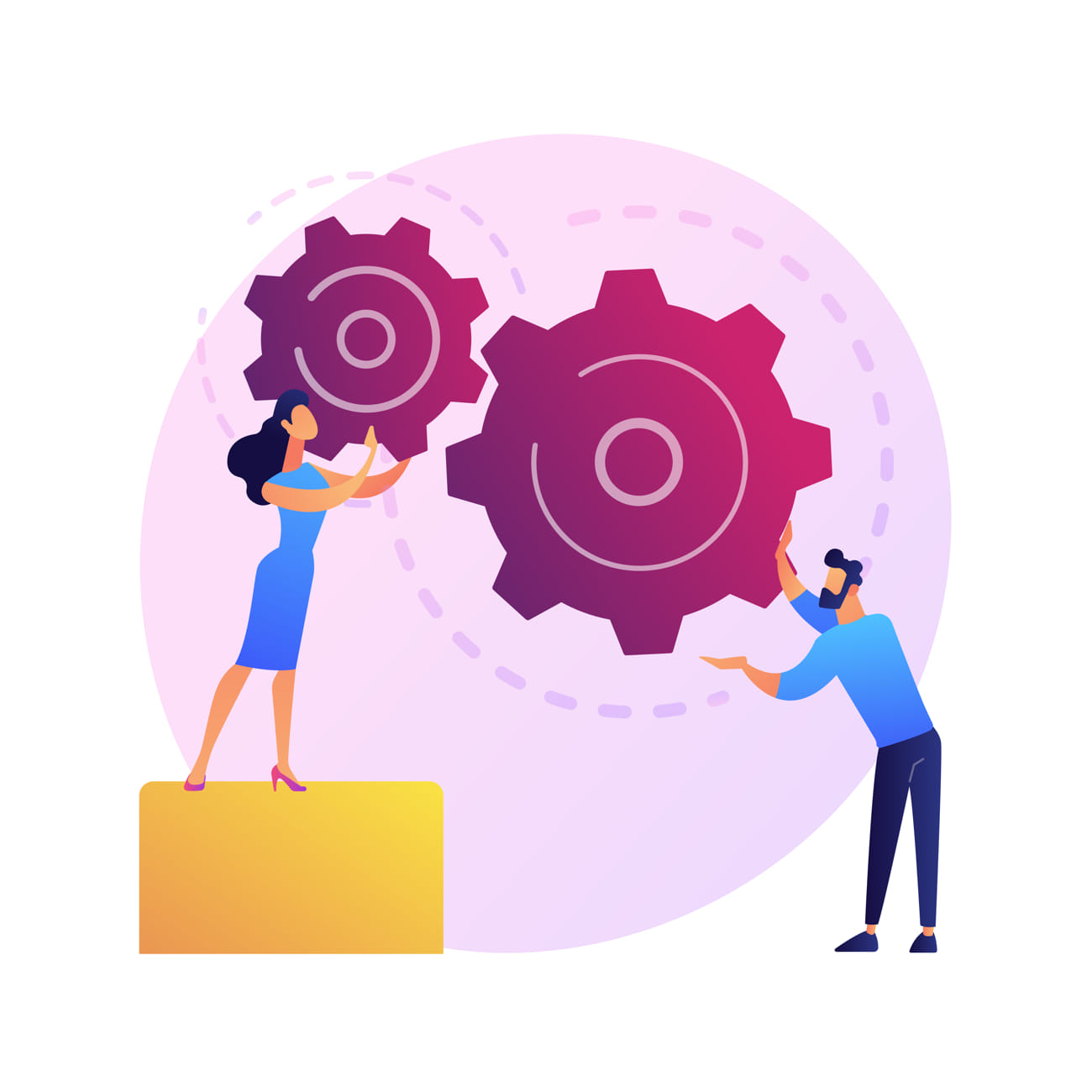
Reading recommendation: We cover how important the customer feedback loop is and where you should set the NPS in our blog article "Closing the customer feedback loop: implement insights!"
Measure and improve your Net Promoter Score with Callexa
Callexa helps you automate the customer survey process so that you can find out what they think of your product while you concentrate on serving your customers.
Start improving your NPS, retaining more customers, and generating more revenue today.
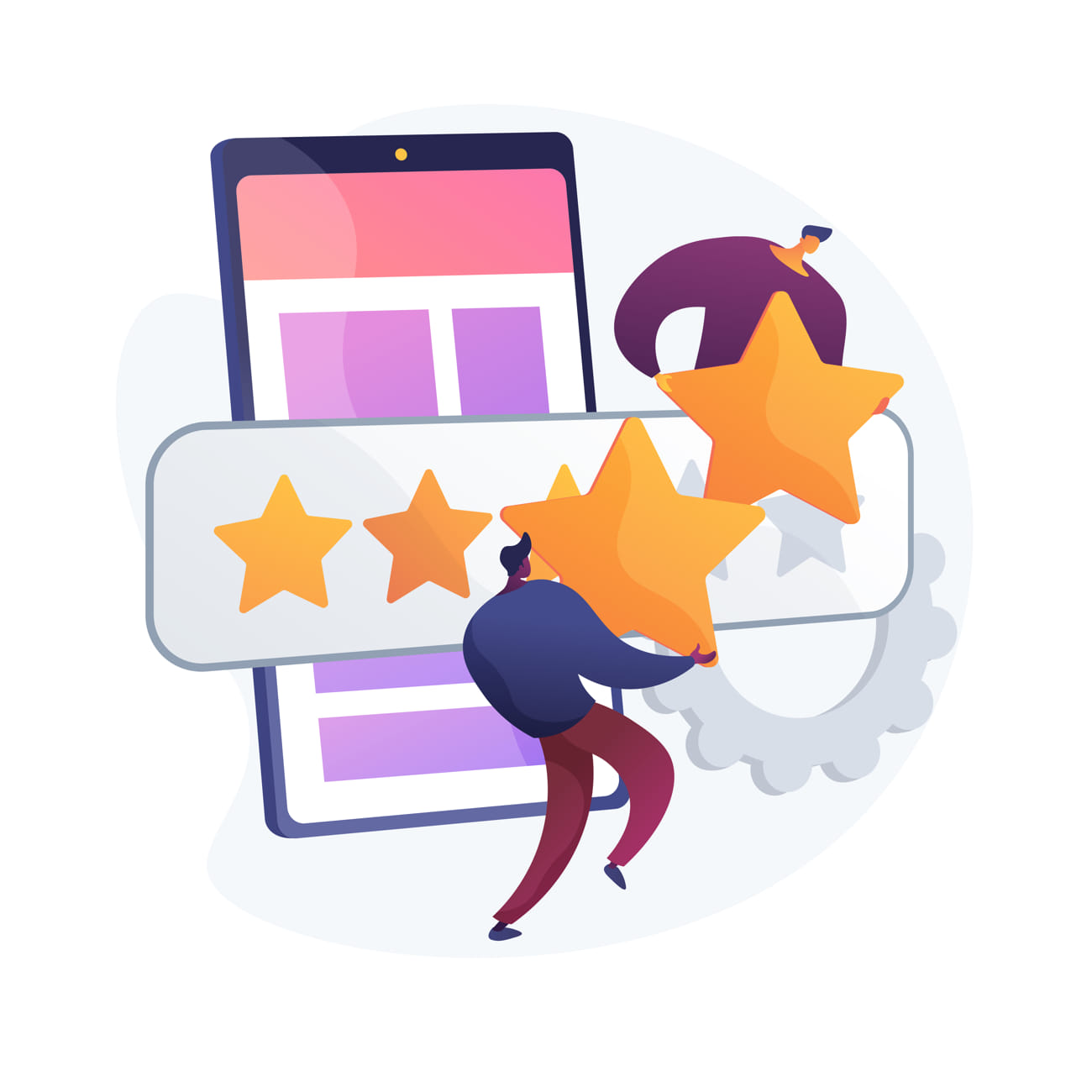
Recommended reading: If this article helped you and you would like to learn more about the role of NPS in shaping the customer experience, continue reading here: "The role of NPS in customer experience (CX)"